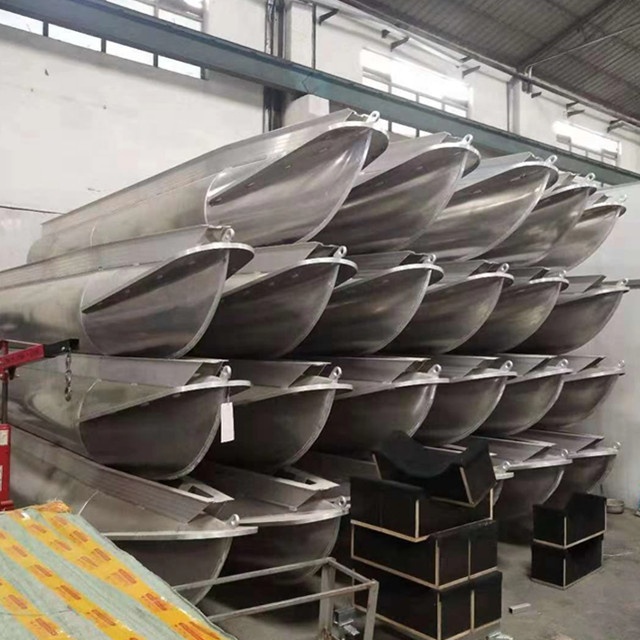Pontoon boats have gained immense popularity among boating enthusiasts and leisure seekers. These versatile vessels provide a stable and spacious platform for a variety of water-based activities. While their design and functionality play a crucial role, it’s the construction materials that determine the durability, performance, and overall quality of these floating marvels. In this blog post, we’ll explore the key materials used in the construction of pontoon boats, shedding light on the elements that make them resilient, buoyant, and reliable.
Aluminum: The Backbone of Pontoon Boats
The primary material used in constructing pontoon boats is aluminum, and for good reason. Aluminum offers an excellent combination of strength, durability, and lightweight properties, making it an ideal choice for marine applications. High-grade aluminum alloys, such as 5052 or 6061, are commonly used for pontoon boat construction due to their corrosion resistance and structural integrity. The use of aluminum ensures that pontoon boats can withstand the rigors of constant exposure to water, sun, and other harsh environmental factors.
Pontoon Tubes: Buoyancy and Stability

The defining feature of a pontoon boat is its pontoon tubes. These cylindrical, airtight structures are responsible for providing buoyancy and stability to the vessel. Pontoon tubes are typically made of aluminum, welded into airtight compartments. The size and number of tubes vary depending on the boat’s size and intended use. Some boats have two pontoons (twin-tube design), while others feature three or more (tri-toon or multi-toon design), offering enhanced stability and weight-bearing capacity.
Decking: The Foundation
The deck of a pontoon boat serves as the foundation for all onboard activities. Manufacturers use various materials for decking, each with its unique characteristics:
- Marine-Grade Plywood: Plywood treated with special marine-grade coatings is a popular choice for pontoon boat decking. It is strong, cost-effective, and readily available. Marine-grade plywood is resistant to moisture, rot, and warping, ensuring longevity even in wet environments.
- Composite Decking: Increasingly, pontoon boats are being built with composite decking materials. These engineered wood-plastic composites (WPCs) offer a range of benefits, including superior durability, resistance to moisture and UV rays, and reduced maintenance requirements. Composite decking can mimic the appearance of traditional wood while offering improved performance and longevity.
- Aluminum Decking: Some pontoon boat manufacturers employ aluminum for the boat’s deck, further enhancing the vessel’s lightweight and corrosion-resistant properties. Aluminum decks provide a sturdy and long-lasting platform while requiring minimal maintenance.
Upholstery and Interior Components
The interior components and upholstery of pontoon boats contribute to the comfort, aesthetics, and functionality of the vessel. Manufacturers use a combination of materials to create inviting and durable seating and interior features:
- Marine-Grade Vinyl: Pontoon boat seats and cushions are commonly upholstered with marine-grade vinyl. This material is designed to resist water, mold, mildew, and fading from sun exposure. It offers a balance between comfort, durability, and easy maintenance.
- Stainless Steel: Many pontoon boats feature stainless steel hardware, such as railings, cleats, and fasteners. Stainless steel provides excellent corrosion resistance in a marine environment and adds a touch of elegance to the boat’s appearance.
Conclusion
Pontoon boats have become a staple of leisure boating, offering a versatile and stable platform for a wide range of activities. The use of high-quality materials in their construction ensures durability, buoyancy, and reliable performance. Aluminum serves as the backbone of pontoon boat construction, providing strength, corrosion resistance, and lightweight properties. The pontoon tubes deliver the necessary buoyancy and stability, while the decking materials offer a solid foundation for onboard activities. The upholstery and interior components incorporate marine-grade vinyl and stainless steel to enhance comfort and aesthetics. With their remarkable design and resilient construction, pontoon boats continue to be a beloved choice for both relaxation and recreation on the water.
